Archaeologists dedicate their lives to unravel the material history of our world. However, some discoveries are made by common people who don't even realize what happened. Imagine finding an entrance to ancient catacombs in your backyard – how cool is that?
We at Bright Side made a list of such accidental discoveries, some of which have had a really profound impact on history. Brace yourselves for some digging!
10. Farmer discovers a giant woolly mammoth
James Bristle and his other farmer friend were digging in their soybean field like usual when they realized they hit something. It was none other than the discovery of a 15,000-year-old giant woolly mammoth that took them by surprise. The incident took place in 2015 in south Michigan where a skull and two tusks were found along with the vertebrae.
This discovery may alter the date of the earliest signs of existence in the Americas. Examining the remains, renowned mammoth expert Daniel Fisher, from the University of Michigan, confirmed that it must have been killed by humans, thus proving that humans existed even before the Clovis era, a theory that is still in its nascent stage.
9. When a worker dug up Childeric's treasure instead of dirt
The picture you are seeing above is a signet ring that is a part of Childeric's treasure. It's a heavy gold ring 27mm (one inch) in diameter, which is an indication that Childeric had big fat fingers. This discovery is not a recent one.
Back in 1653, a laborer named Adrien Quinquin was digging on the land of the church of Saint-Brice in Tournai when, instead of dirt, he found gold coins.
Apart from CHILDERICI REGIS, the ring in the picture, he also found a hundred more coins, swords made of gold and garnet, horse fittings and buckles, a gold torch, a gold bull's head, and 300 gold bees.
8. The Grauballe Man: a unique mummy
It was a normal peat bog where workmen were digging for peat, when suddenly one of the workers realized his spade hadn't touched the peat but something else. It ended up being the mummy of the Grauballe Man, and his hair and fingernails were intact even after centuries. This mummy was the first to be fully preserved as a whole body.
It was dated back to the late 3rd century BC and has been researched on several occasions since its discovery. In 1955, the body was moved to the Moesgaard Museum near Aarhus for public display. Also, his fingers were still in place so scientists were able to take his fingerprints.
7. Did hobbits actually exist?
A team of archaeologists from Australia and Indonesia were looking for proof of human migration from Asia to Australia. But the discovery of hobbits was a completely unplanned event and it took them by surprise as they found a complete skeleton of a hominin.
Could hobbits possibly be deformed modern humans? Or were they a completely different species? The mystery hasn't been fully solved yet but a lot has been cleared up. A research team dug up a skeleton of a woman in the Liang Bua cave on the island of Flores, Indonesia in 2003.
Examining it closely, they came to the conclusion that the woman must have been of a small stature, but even more mysterious was the fact that the woman had an unusually small brain. Some say that this species was a part of evolutionary dwarfism. However, many questions are still unanswered related to which species of human is their immediate ancestor.
6. Palatial Roman villa in the backyard?
It was sheer luck for British rug designer, Luke Irwin, when he asked the electricians working in his backyard to lay cable wires underground and not overhead. The digging led to the discovery of an ancient palatial Roman villa. Just like Irwin, even archaeologists were astonished by this discovery.
During the digging, a hard layer 18 inches below the surface was found which had pieces of mosaic clearly visible. Per the archaeologists, this is a key discovery similar to Chedworth and could open a vast base of knowledge about British history as it was dominated by the Romans.
5. When hikers bumped into Otzi the Iceman:
Two German tourists were hiking at the mountain pass of Hauslabjoch and Tisenjoch when they made the discovery of a lifetime. It was Europe's oldest known natural human mummy which they first thought was the deceased body of a mountaineer. The mummy was found in September 1991 in the Ötztal Alps, which gave it the nickname Otzi.
The discovery was significant because it cast a light on the Chalcolithic (Copper Age) Europeans. Another interesting story involving Otzi is that a few people involved in his discovery have died under mysterious circumstances hinting towards Otzi being cursed. However, if we listen to scientists, not a few but hundreds of people are working on the mummy and are absolutely fine.
4. The Derinkuyu Underground City: an incredible network of tunnels
It was in 1963, when a man discovered a mysterious wall structure behind one of the rooms in his house. As archaeologists were called for further investigation, a whole passage of tunnels was found which is now popularly known as The Derinkuyu Underground City.
It's believed that the city was built in the Byzantine era to protect the inhabitants from Muslim-Arabs during the Arab–Byzantine wars. These tunnels were largely used by Christian natives and they were said to have given shelter and provided food saving almost 20,000 people.
The underground city is located in the Derinkuyu district of the Nevşehir Province in Turkey and has been open to the general public since 1969.
3. The mesmerizing Lascaux cave paintings
18-year-old Marcel Ravidat happened to discover the stunning entrance to Lascaux. Taken by surprise, he decided to return to the site with three friends and they saw that the walls of the caves were full of depictions of animals. Ravidat was later recognized for his discovery.
The cave was opened to the general public on July 14, 1948. However, due to air pollution, dust, and carbon dioxide exposure the paintings started losing their original form. It was then decided to close the attraction to tourists. The paintings were then restored to their original form and a strict daily monitoring system was put in place. These paintings largely depict the Upper Paleolithic era.
2. Jehoash Inscription
This discovery of the Jehoash Inscription was surrounded by several controversies when it was first discovered on a construction site or Muslim cemetery near the Temple Mount of Jerusalem. Once the inscription was translated it was revealed that it talked about the repairs made to the temple in Jerusalem by Jehoash.
The controversy is whether the inscription is authentic or is a modern day forgery. The Israel Antiquities Authority had raised doubts over its authenticity.
1. Sea of Galilee boat under a lake
Two fishermen from Kibbutz Ginnosar, brothers Moshe and Yuval Lufan, were amateur archaeologists who were keen on finding artifacts from Israel's past. It was when the water receded drastically in the sea of Galilee due to a draught that a boat was exposed and caught the attention of the brothers.
An expert team undertook the digging work of the boat which lasted for 12 days and nights. The boat was a significant discovery because it not only depicted the kind of boat used by Jews in the ancient era, but was also assumed to be the kind of boat Jesus had used. These kinds of boats are mentioned several times in the Gospels.
Bonus: Horse and chariot pits in Zhou Dynasty tomb
Scientists and archaeologists believe that this burial pit belonged to one of the noble families of the Zheng state (806–375 BC). The grandeur of this find is commendable as was witnessed by the diggers of the tomb headed by Ma Juncai.
The dig was conducted in central China, in the city of Xinzheng, where dozens of chariots and almost 100 skeletons of horses were found that are 2400 years old. One of the highlights of this excavation was a chariot that was 2.4m long and around 1.7m wide and adorned with bronze and bone.
Have you also ever stumbled upon something antique and unique that you thought could belong to the history of the world? Please share it with us in the comments below.
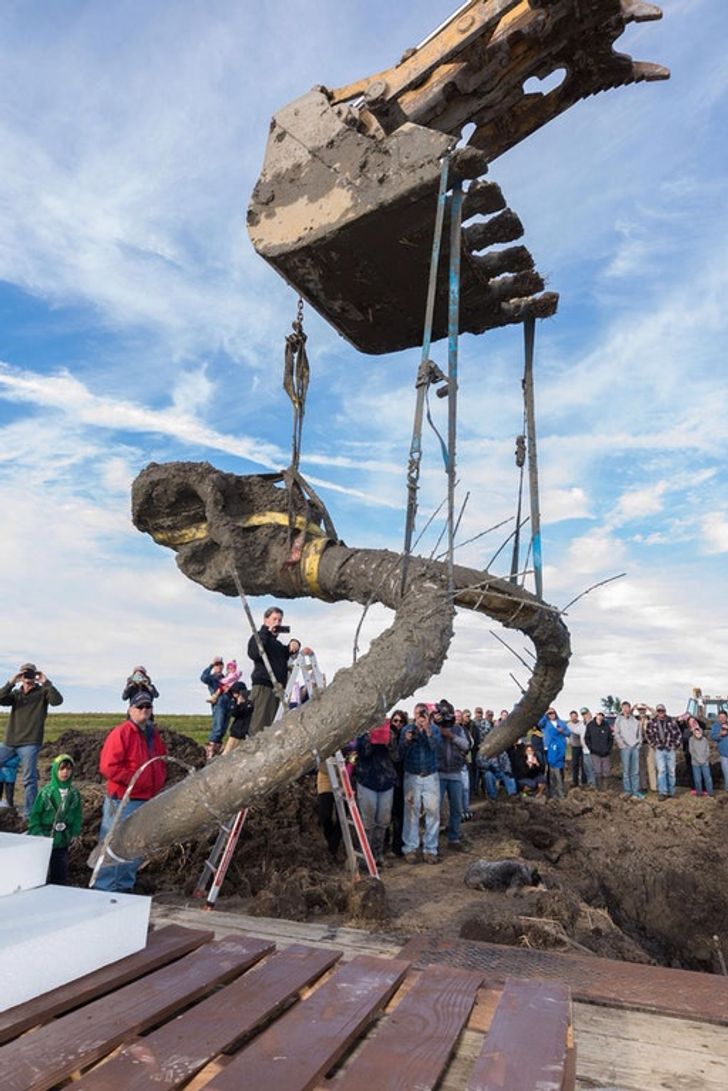
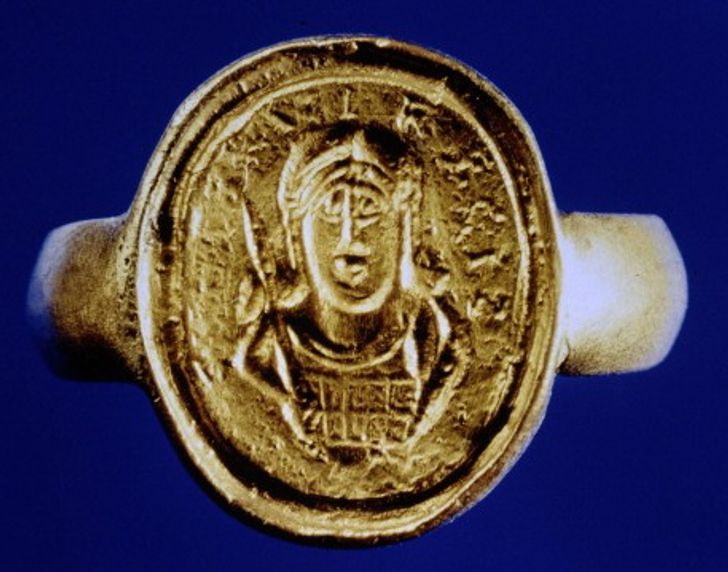
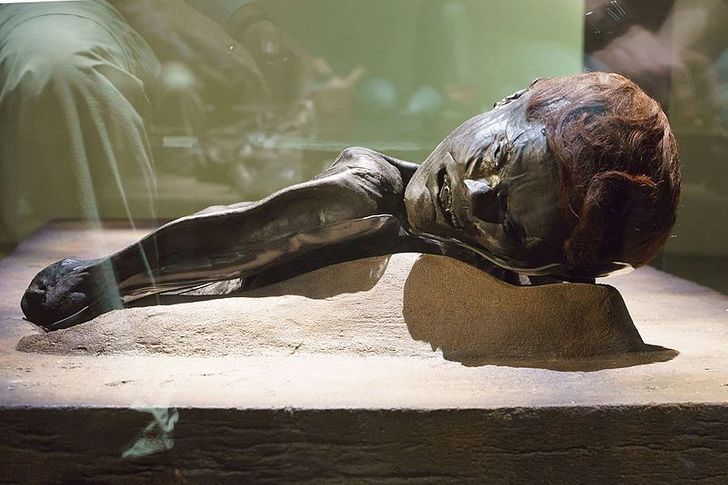
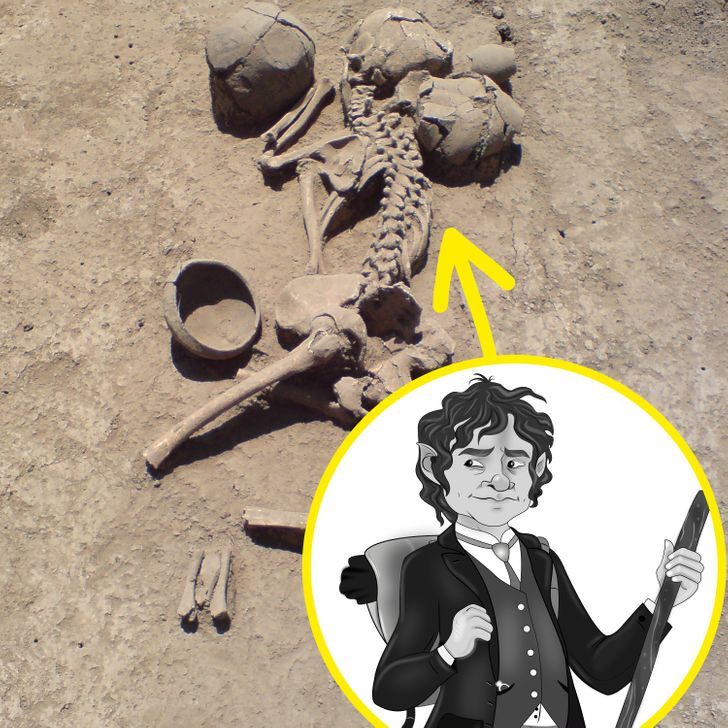
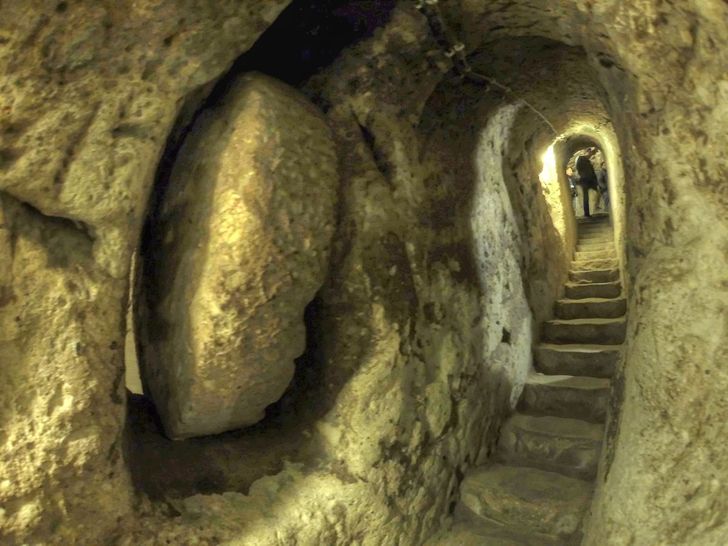
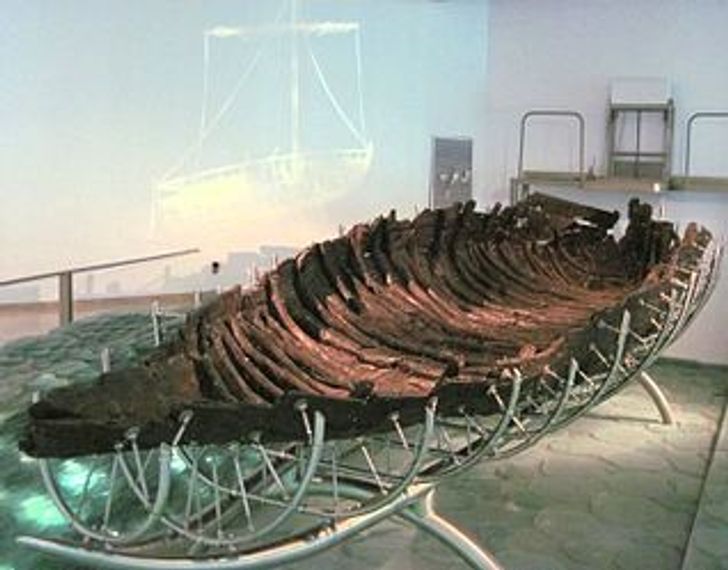
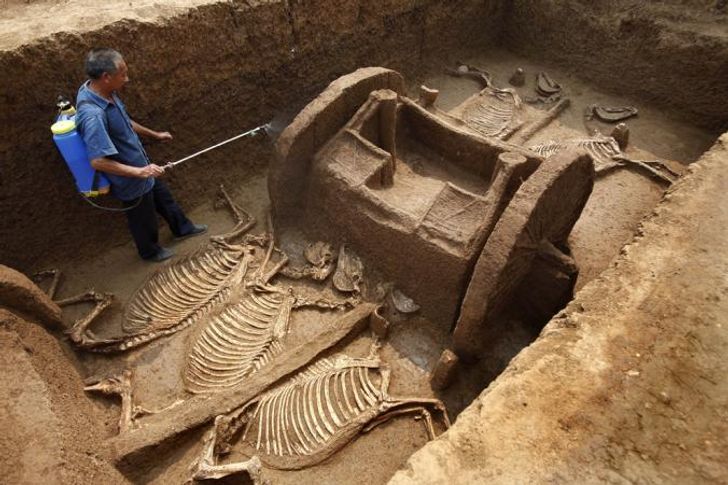
0 Commentaires